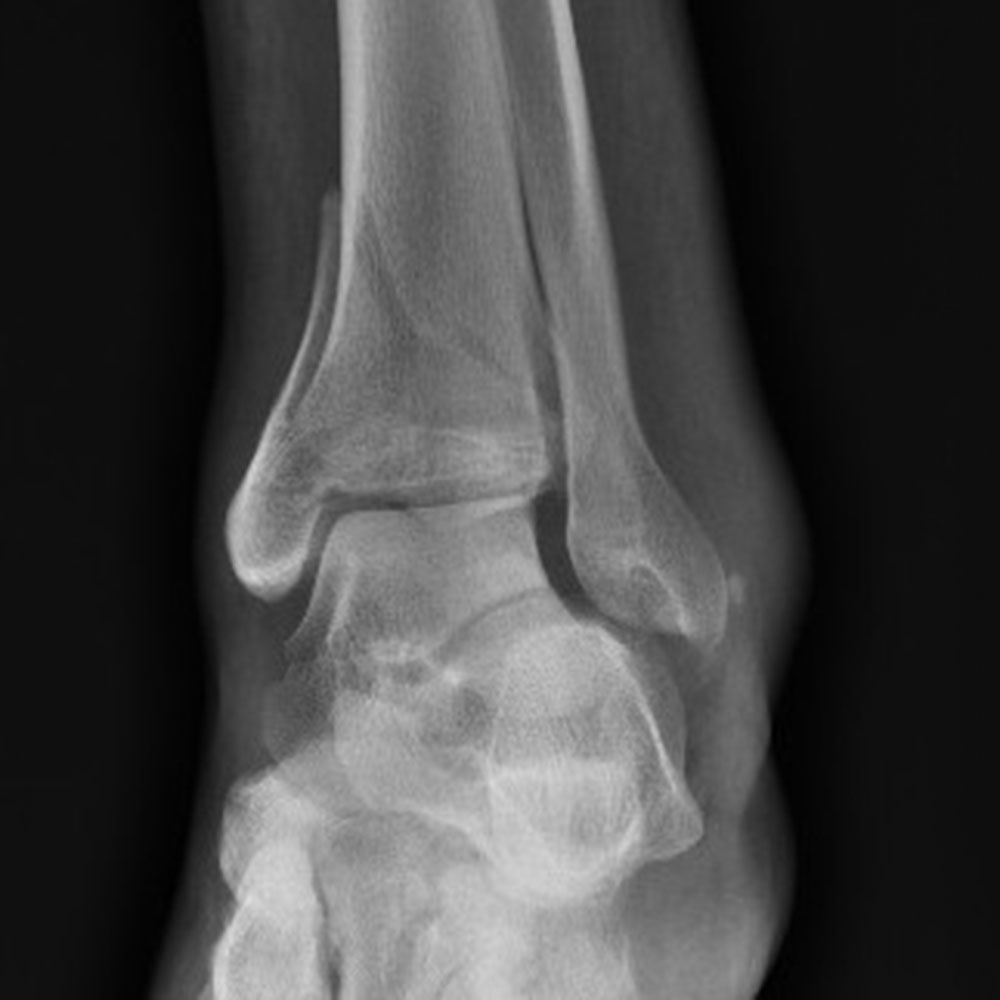

Placement should be in 10 degrees anterocephalad direction. Pin insertion should be medial to lateral, anterodistal to anterior colliculus. It is better to keep the pins away from the area of future incisions. The calcaneal transfixation pin is inserted in a transverse direction. There is a ¾ distance between the palpable tip of the medial malleolus and the heel. Application of the calcaneal traction pin is done at the posteromedial site. Be aware of the location of the neurovascular structures.Įrror in placement or the direction of the calcaneal pin can interfere with the neurovascular bundle. I usually put the calcaneal pin from the medial side of the ankle. Put external fixator calcaneal pins or talar pins. For a pilon fracture with fracture of the tibial shaft: do fixation of the articular surface (usually percutaneously) then do fixation of the tibial shaft, usually with IM rodding. Improvement in function and pain may take up to 2 years and eventually about 10%-15% may need arthrodesis. Patient socioeconomic factors are predictive of the clinical outcome, and the outcome really did not correlate with reduction of the fracture or with the arthritis. In Pilon fractures, SF-36 scale is lower than in patients with pelvic fractures, multiple trauma, and AIDS.

Significant disability in physical function was noted even with successful treatment in 36- item short form survey (SF-36). Usually after 2 years, most of the patients return to work despite having some pain. Arthritis occurs in about 50% of cases and increases with time.

Everybody agrees that staged ORIF is the best. With dual incisions approach, make sure that the distance between the incisions is no less than 7 cm. Try to protect the superficial peroneal nerve. Approaches are many and it varies between limited approach and extensile approach. There is no significant difference in torsional force. Axial loading is 2.2 times stiffer with plated fibula. When there is a metaphyseal defect of the tibia, plating of the fibula can enhance the stiffness of the external fixator. Plating of the fibula adjunct to external fixation of the tibia. The fibular plate may add stability to the external fixator of the tibia, especially if there is a defect or comminution of the metaphysis of the tibia. You may start with fixation of the fibula with a plate or with a screw (in some cases the screw is better because it is minimally invasive). The goal of anatomic reduction and stabilization of the articular surface.

In ankle fractures, it returns to normal 9 weeks after fixations (post-operatively). The break travel time returns to normal 6 weeks after initiation of weight-bearing. When the fibula is intact, the lateral collateral ligament of the ankle may rupture (fibula is intact in 20% of the cases). The third fragment is the Volkmann Fragment (posterolateral fragment attached to the posterior inferior tibiofibular ligament). If the fracture involves avulsion of the fibula, it is called Wagstaffe fracture, as rarely seen in some ankle fractures. In children, this fragment is called Tillaux fracture. The three fragments are medial malleolus (attached to the deltoid ligament) or anterolateral fragment (Chaput fragment attached to the anterior inferior tibiofibular ligament). Because the ligaments are intact, the fragments can be pulled by the external fixator, which is called ligamentotaxis. The joint usually has three fragments attached to ligaments. The physician needs to be aware that the AP radiographs may look okay, however it can be misleading. This will help you to select the best operative approach in the future after the soft tissue condition improves. After application of the external fixator, get a CT scan to check the joint and the fragments. Wait 1-3 weeks depending on the magnitude of the injury, the anticipated surgery, and the presence of the wrinkle test. The soft tissue condition should improve before definitive surgery. When internal fixation is used, it is better to use minimally invasive fixation. This decreases the incidence of wound complication and deep infection. In the operating room, start by applying external fixator (delay the ORIF). Initially, the treatment is usually closed reduction and a splint followed by staged of ORIF. There is no immediate open reduction and internal fixation (because the soft tissue is usually bad). The ankle joint and the metaphysis of the tibia are usually involved. Soft tissue injuries are bad they can be open or closed fractures. Tibial pilon fractures are high energy axial load injuries.


 0 kommentar(er)
0 kommentar(er)
